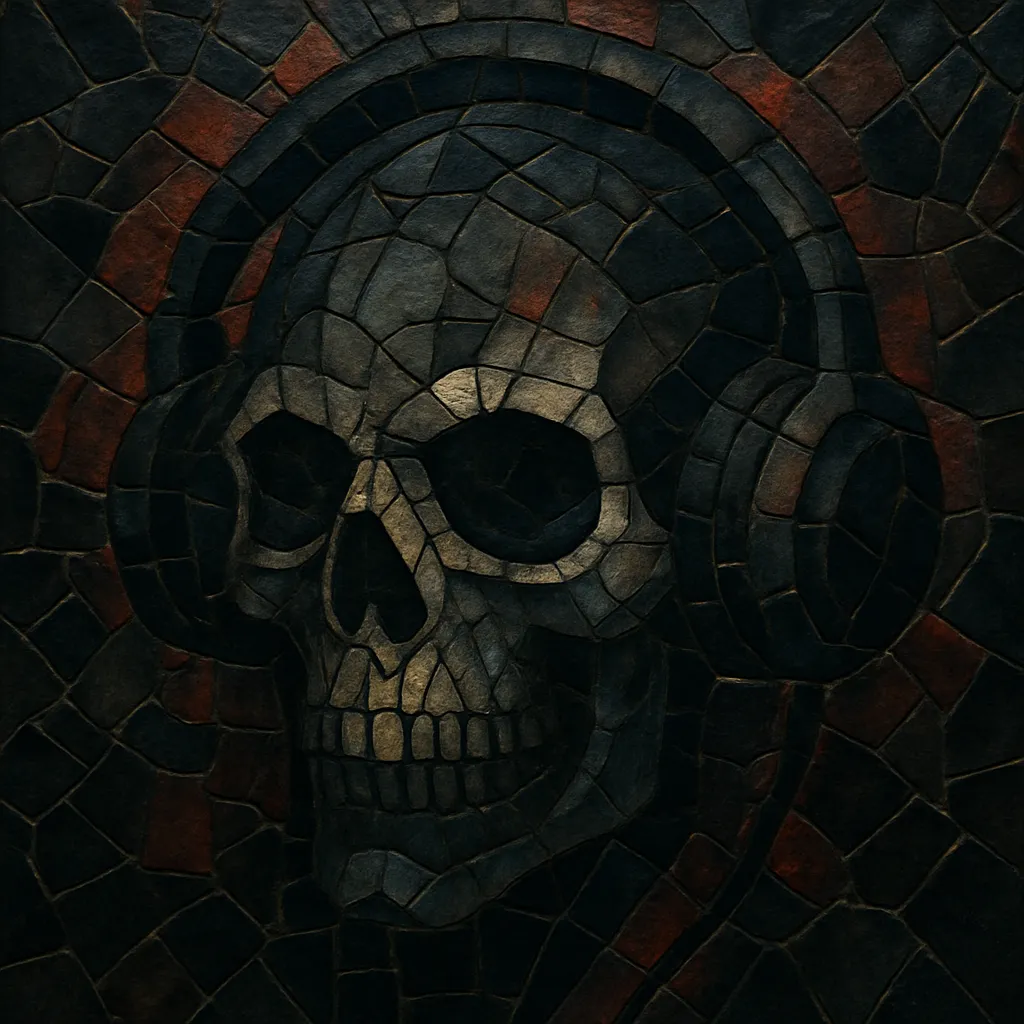
Darkstep is a sinister, aggressive strain of drum and bass that emphasizes dystopian atmospheres, heavy breakbeats, and distorted bass design. It trades the jazzy or soulful edges of earlier DnB for a colder, horror-tinged palette built from reese-style basses, detuned pads, and metallic, industrial textures.
Typically clocking in around 170 BPM, darkstep tracks feature hard-hitting kicks and snares framed by chopped “Amen”-style breaks, rapid edits, and tense build‑and‑drop structures. The aesthetic draws on sci‑fi and horror cinema, cyberpunk, and post‑industrial culture, producing a claustrophobic sense of menace and momentum suited to late‑night, underground dancefloors.
Darkstep crystallized in the United Kingdom during the late 1990s as drum and bass splintered into darker, more austere directions. Building on jungle’s chopped breaks and sub-bass pressure, producers absorbed the stark minimalism of techstep and the ominous mood of early darkcore. Labels and crews associated with the harder edge of DnB—alongside imprints like Moving Shadow, and later Freak/Obscene/Barcode—pushed a colder, more dystopian sound.
Producers such as Dom & Roland and Technical Itch codified the template: layered Amen/Tramen-style breaks, snarling reese basslines, industrial foley, and cinematic tension. The music leaned into horror-influenced sound design and post‑apocalyptic atmospheres, trading jazz‑inflected harmonies for chromatic, dissonant stabs and drones.
In the 2000s, the sound became even more abrasive. Artists like Dylan, The Panacea, Counterstrike, SPL, and Audio ramped up distortion, edits, and tempo energy. A parallel, harsher offshoot—skullstep—emerged through figures such as Limewax, amplifying darkstep’s brutality with relentless drum programming and overdriven bass. Scenes flourished beyond the UK, notably in continental Europe (Germany, Netherlands, Eastern Europe) and South Africa, sustained by specialized labels, vinyl culture, and international club circuits.
Darkstep’s aesthetics—militaristic percussion, neurotic bass architecture, and grim atmospheres—fed into neighboring DnB strands and beyond. It influenced skullstep and crossbreed (fusing DnB with hardcore/gabber), left fingerprints on drumstep and deathstep, and overlapped creatively with neurofunk’s precision-engineered bass design. Today it remains a niche but persistent current in DnB, sustained by boutique festivals, netlabels, and a dedicated producer/DJ community.

